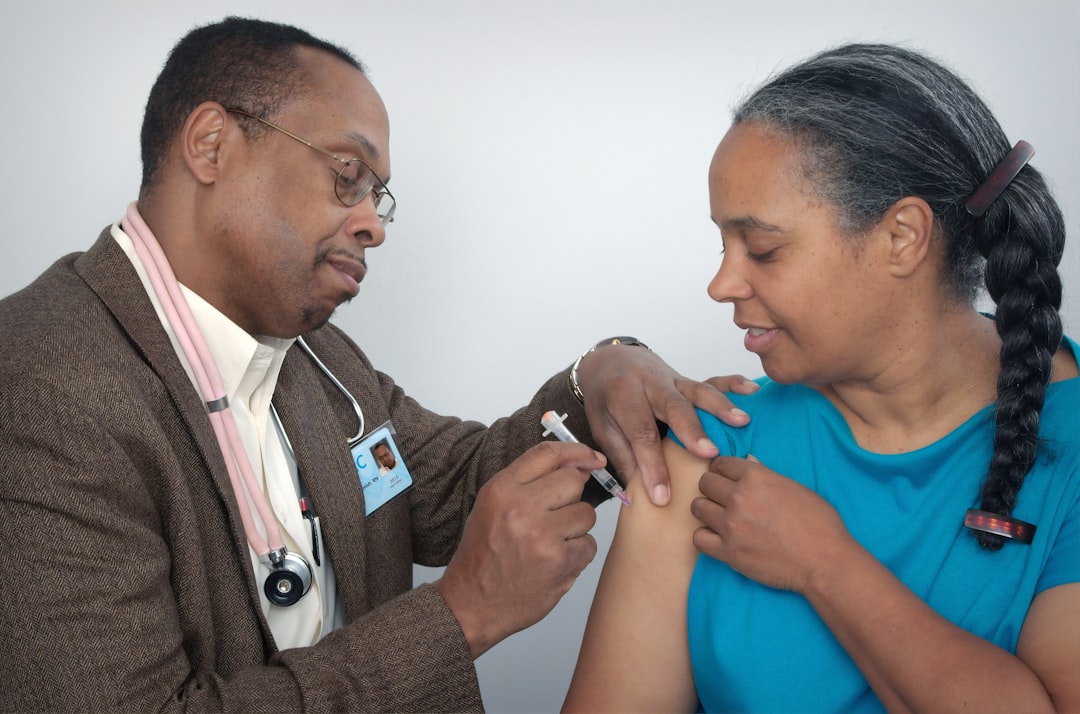Knee replacement surgery is a common procedure that can greatly improve the quality of life for those suffering from chronic knee pain. However, the success of the surgery also depends on the patient’s post-operative care and rehabilitation. Unfortunately, many patients make mistakes after knee replacement surgery that can hinder their recovery and even lead to complications.
In this article, we will discuss the top 5 mistakes that patients make after knee replacement surgery and how to avoid them.
Why Is Post-Operative Care Important?
After knee replacement surgery, the body needs time to heal and adjust to the new joint. This is why post-operative care is crucial for a successful recovery. Neglecting proper care and making mistakes can lead to complications, prolonged recovery time, and even the need for revision surgery.
Not Following the Doctor’s Instructions

One of the most common mistakes that patients make after knee replacement surgery is not following the doctor’s instructions. After the surgery, your doctor will provide you with a detailed list of dos and don’ts to ensure a smooth recovery. This may include taking medication, performing exercises, and avoiding certain activities.
It is essential to follow these instructions carefully to avoid complications and promote healing. If you have any questions or concerns, do not hesitate to ask your doctor for clarification.
Neglecting Physical Therapy
Physical therapy is a crucial part of the recovery process after knee replacement surgery. It helps to improve range of motion, strengthen the muscles around the knee, and reduce pain and swelling. However, many patients make the mistake of neglecting physical therapy or not taking it seriously.
It is essential to attend all physical therapy sessions and perform the recommended exercises at home. This will help you regain mobility and strength in your knee and speed up your recovery.
Overexerting Yourself
While it is essential to stay active and perform physical therapy exercises, it is equally important not to overexert yourself. Many patients make the mistake of pushing themselves too hard, thinking that it will speed up their recovery. However, this can lead to complications such as excessive swelling, pain, and even damage to the new joint.
It is crucial to listen to your body and take breaks when needed. Gradually increase your activity level as recommended by your doctor and physical therapist.
Not Taking Care of the Incision Site

Proper care of the incision site is crucial for preventing infection and promoting healing. However, many patients make the mistake of neglecting this aspect of post-operative care. It is essential to keep the incision site clean and dry, change the bandages as recommended, and watch for any signs of infection.
If you notice any redness, swelling, or discharge from the incision site, contact your doctor immediately.
Not Managing Pain Effectively
Pain is a common side effect of knee replacement surgery, and it is essential to manage it effectively. Many patients make the mistake of not taking their pain medication as prescribed or waiting too long to take it. This can lead to increased pain and discomfort, making it difficult to perform physical therapy exercises and impeding the recovery process.
It is crucial to take your pain medication as prescribed and communicate with your doctor if you are experiencing excessive pain.
How to Avoid These Mistakes
Now that we have discussed the top 5 mistakes after knee replacement surgery, let’s look at how to avoid them.
Follow Your Doctor’s Instructions

The best way to avoid making mistakes after knee replacement surgery is to follow your doctor’s instructions carefully. This includes taking medication as prescribed, attending physical therapy sessions, and avoiding activities that could damage the new joint.
If you have any questions or concerns, do not hesitate to reach out to your doctor for clarification.
Take Physical Therapy Seriously
Physical therapy is crucial for a successful recovery after knee replacement surgery. It is essential to attend all sessions and perform the recommended exercises at home. This will help you regain mobility and strength in your knee and speed up your recovery.
Listen to Your Body
While it is essential to stay active and perform physical therapy exercises, it is equally important to listen to your body. If you experience excessive pain or swelling, take a break and rest. Gradually increase your activity level as recommended by your doctor and physical therapist.
Properly Care for the Incision Site

Proper care of the incision site is crucial for preventing infection and promoting healing. It is essential to keep the incision site clean and dry, change the bandages as recommended, and watch for any signs of infection.
If you notice any redness, swelling, or discharge from the incision site, contact your doctor immediately.
Communicate with Your Doctor
Effective communication with your doctor is key to avoiding mistakes after knee replacement surgery. If you are experiencing excessive pain or have any concerns, do not hesitate to reach out to your doctor for guidance. They are there to help you through the recovery process and ensure a successful outcome.
Conclusion
Knee replacement surgery can greatly improve the quality of life for those suffering from chronic knee pain. However, it is essential to take proper care and avoid mistakes after the surgery to ensure a successful recovery. By following your doctor’s instructions, taking physical therapy seriously, listening to your body, properly caring for the incision site, and communicating with your doctor, you can avoid the top 5 mistakes after knee replacement surgery and achieve the best possible outcome.
